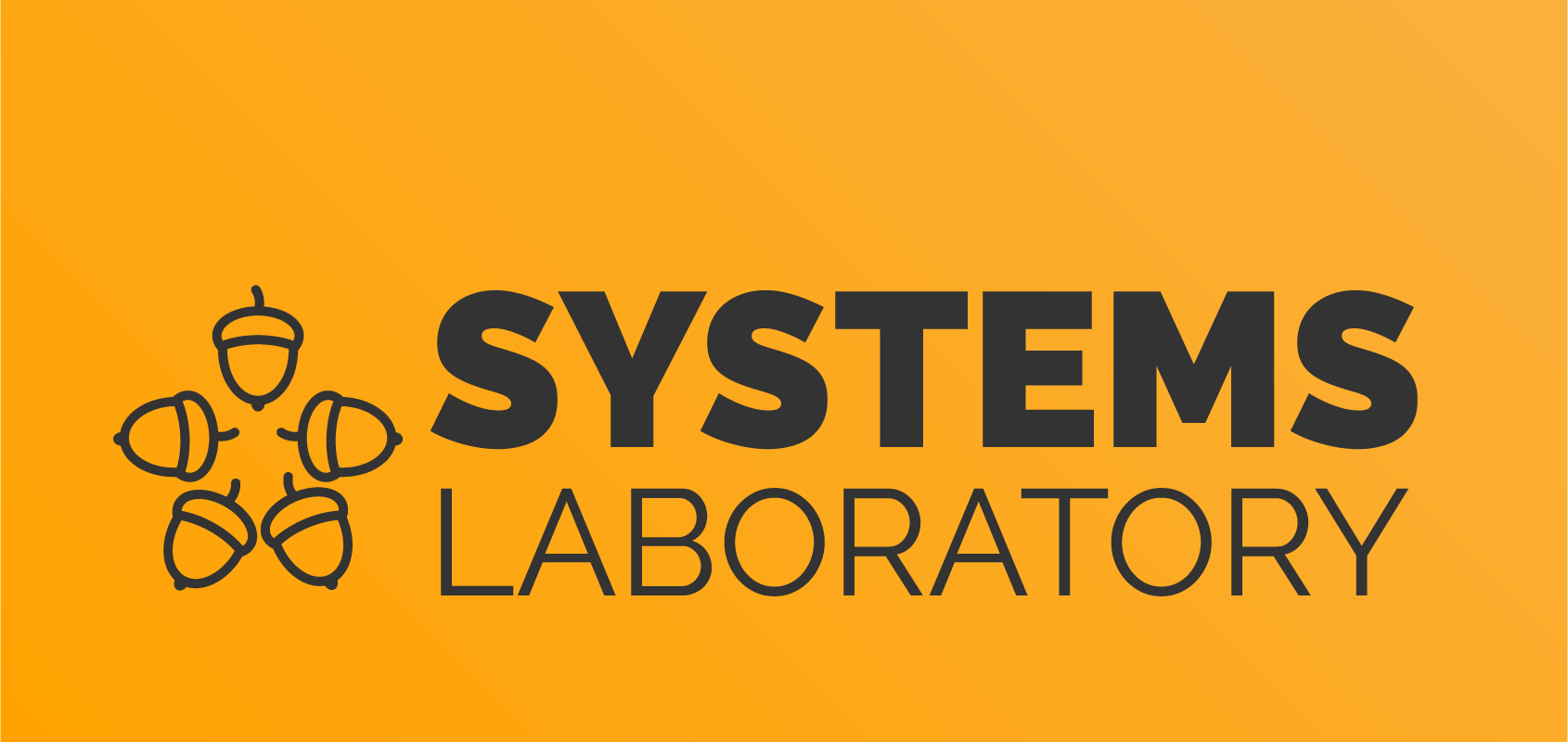Lab 04 - Access control
Objectives
- Mandatory Access Control
- Discretionary Access Control
- Unix Permissions & ACLs
Preparation
You may use the UPB's OpenStack cloud to instantiate a Virtual Machine to be used for this lab! Read these instructions if you wanna know how!.
Overview
An access control system consists of a set of rules regarding whether subjects (e.g. users) are allowed to do an action (e.g. read / write / delete) on the system's objects (e.g. file / application).
There are several models available:
- Mandatory Access Control (MAC): access policies are controlled by a central authority (e.g. system administrator); example implementations include AppArmor, SELinux and Windows's Mandatory Integrity Control;
- Discretionary Access Control (DAC): subjects may own objects, allowing them to propagate their access to others; this is the access scheme used by Posix Permissions (chmod), Linux ACLs and Windows File Access Control;
- Role-based Access Control (RBAC): subjects are allowed access to objects based on their role; this is a flexible generalization that allows the implementation of both MAC and DAC rules; widely used in enterprise applications;
Unix Permissions
Standard Linux access control is mainly done at the filesystem level by using a couple of bit flags (read / write / execute) representing actions allowed for a specific subject (user / group / others) to do on an object (filesystem nodes).
Standard UNIX actions are Read, Write and Execute, though their effects are different between files and directories:
- read: allows opening for reading a file; for directories, allows listing their contents (e.g.,
ls); - write: allows opening a file for writing; for directories, allows creating & deleting its children;
- execute: allows executing a file; for directories, allows changing working directory inside (e.g.,
cd).
The verification algorithm is also simple:
- check if the user is the owner of the file; if true ⇒ apply the permissions in the owner slot;
- check if the user is in the file's group; if true ⇒ apply the permissions in the group slot;
- else: apply permissions in the others slot!
077 (no permissions for owner, all permissions for group + others) and the owner try to actually read or write the file, the command fails :| others will have full access!
The basic tool to read permissions is ls -l, and for altering them: chmod.
To change the owner / group of a filesystem object, use chown:
# Read The Friendly Manuals: man chmod man chown
Special Permissions & Examples
In addition to the regular POSIX permissions of read, write and execute there are 3 special permissions (available using an additional 3-bit subject structure). They hold the same place value as the regular permissions and are:
SETUID - set user ID on execute SETGID - set group ID on execute StickyBit - puts the directory in sticky mode
The SETUID and SETGID permissions allow users and groups who are not the owner or group of a file to execute that file as though they were. When the Sticky Bit is set on a directory, only that directory's owner or root can delete or rename the directory's files.
Example: chmod 4762 myfile translates to:
setuid = on setgid = off sticky bit = off user = read + write + execute group = read + write other = write
In addition to setting permissions numerically, you can use addition and substraction operators:
chmod u+w = add write to *user* chmod g-rw = remove read and write from *group* chmod o-rwx = remove read, write and execute from *other* chmod u+s = add setuid chmod g-s = remove setgid chmod o+t = add sticky bit chmod a+w = add write to *all* chmod a-wx = remove write and execute from *all*
More examples:
chmod u=rwx,go=r = set read, write, execute on *user* and read, write on *group* and *other* chmod go= = remove all permissions on *group* and *other*
Another useful option is -R. It allows you to modify objects recursively, changing permissions on all objects in a directory and its subdirectories.
chmod -R 755 myfolder # same goes for chown: chown -R student:teachers myfolder
Linux Access Control Lists
Imagine a system with the following users: mike, dave, john, steve, mark. In that system, users mike and dave are members of a group called sysop. The user mike creates a new file called runme.sh. For this new file, the owner (mike) has read, write and execute permissions, the group sysop has read and execution permissions, and the rest of the users only have the read permission. Now, we want to give to mark the following permissions: read and write (but not execute permission), but not to the others!
With traditional Linux permission we cannot give this particular set of permissions to mark because neither as a member of others nor as a member of sysop that user would have the desired permissions. Therefore, we need a much more sophisticated system for controlling the permissions for files and directories, Access Control Lists (ACLs), supported by both Windows and Linux.
For Linux, ACL (Access Control Lists) provide a finer-grained control over which users can access specific directories and files than do traditional Linux permissions. Using ACLs, you can specify the ways in which each of several users and groups can access a directory or file.
Displaying access permissions
The getfacl command displays the file name, owner, group and the existing ACL for a file.
student@isc-vm:~$ getfacl runme.sh # file: my-script.sh # owner: mark # group: sysop user::rw- group::rw- other::r--
Setting ACLs of files
The setfacl command sets ACLs of files and directories. The -m option adds or modifies one or more rules in a file or folder's ACL.
setfacl -m ugo:<user_or_group_name>:<permissions> PATH...
Examples:
setfacl -mf u:mark:7 runme.sh # => Adds (or modifies) a rule to the ACL for the runme.sh file that gives mark read, write and execute permissions to that file. setfacl -m u:mark:rw- runme.sh # => Adds (or modifies) a rule to the ACL for the runme.sh file that gives mark read and write and execute permissions to that file. setfacl -m g:sysop:r-x runme.sh # => Adds (or modifies) a rule to the ACL for the runme.sh file that gives sysop read and execute permissions to that file. setfacl -m o::6 runme.sh => Adds (or modifies) a rule to the ACL for the runme.sh file that gives others read and write permissions to that file. setfacl -m u:mark:rx runme.sh # => Adds (or modifies) a rule to the ACL for the runme.sh file that gives mark read and execute permissions to that file. setfacl -m u:mark:rx myfolder/ # => Adds (or modifies) a rule to the ACL for the folder00 folder that gives mark read and execute permissions to that folder (non-recursive!).
Removing rules
The -x option removes rules in a file or folder's ACL, e.g.:
setfacl -x u:mark runme.sh => Removes mark's rule on runme.sh
Tasks
00. Setup
All tasks will be solved inside a Docker container (available on GHCR):
docker pull ghcr.io/cs-pub-ro/isc-acl-lab:latest docker run --rm --name acl-lab -it ghcr.io/cs-pub-ro/isc-acl-lab
If you wish to open multiple terminals inside the same container, find the container's name and use docker exec:
docker container ls # note the container's name or hash -> copy it! docker exec -it "<CONTAINER_ID>" bash
This defeats the purpose of the lab, so: don't do that!
[25p] 01. Security through obscurity
- Open the container. Try to read the files in
/etc/secret/. There is aflagin there… can you read it? - Go to
/usr/local/isc/. There is a hidden directory containing a very hidden file (its name is a .number in the100-10000range). Can you try to guess it?- Hint: all files are .hidden!
- Hint: you may want to filter the output a bit..
stderrredirection, maybe?
- Finally, run
giff-me-flag- Hint 1: no +x :| try to solve some other tasks to discover more credentials (you are allowed to use any account here ;))
- Hint 2: it expects a secret in
argv[1]!… can you “reverse engineer” itsstrings?.
- Total: 3 flags!
[25p] 02. The old userswitcheroo
- Inside the container, you have many existing users!
- The starter account (
mihai) has the passwordhunter2. The others have further instructions (text files) inside their home directories! - Main objective: read the flag inside
/home/.not_for_your_eyesby using the good ol' user ↔ switcheroo commands!- Hint: explore all homes & read the (possibly hidden!) files in there, your next step is always suggested in there!
- Note:
sudo, by default, tries to execute a command on behalf of therootaccount (this is forbidden here). Read its man page to see how you can specify another user! also check out--listoption to see your permissions ;) - Hint: you will need to do some unusual “path traversals” on that last binary to catch the final flag.
- Total: 1 flag (most difficult)!
[25p] 03. Specials
- Go back as being the
hacker! - Retrieve the flag from
t4l3nt's home directory!- Hint: You have t3h source code!
- Hint: Py code injection: try to simulate the resulting value of
expr(on a notepad)!
- Total: 1 flag!
[25p] 04. Linux ACLs
- Enter as
student(inside the container, ofc!); guess the password! - Run
copy-t3h-fl4gz– it's not working properly.. fix the permissions (no source code? you should have no problems with it :P)!- Hint: “reverse engineer” it, again!
- Total: 2 flags!


